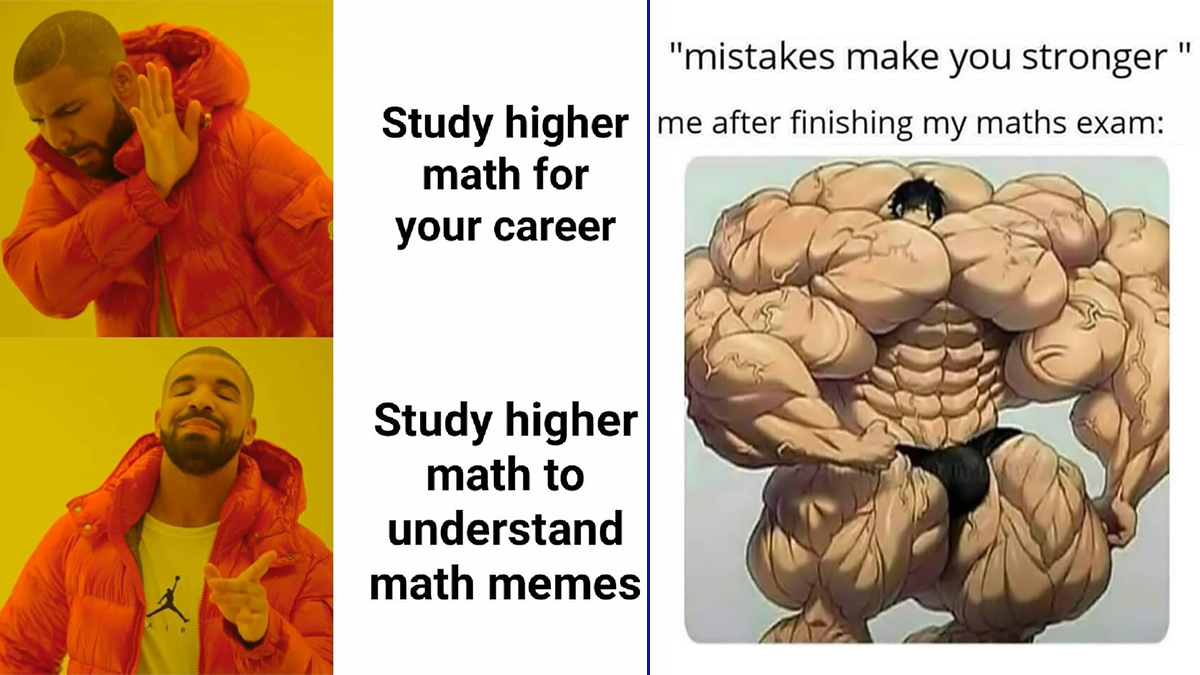

Internet memes sometimes present ambiguous infix expressions that cause disputes and increase web traffic. When functional or Polish notation are used for all operations, the order of operations results from the notation itself. These rules are meaningful only when the usual notation (called infix notation) is used.

If multiple pairs of parentheses are required in a mathematical expression (such as in the case of nested parentheses), the parentheses may be replaced by brackets or braces to avoid confusion, as in − 5 = 9. For example, (2 + 3) × 4 = 20 forces addition to precede multiplication, while (3 + 5) 2 = 64 forces addition to precede exponentiation. Where it is desired to override the precedence conventions, or even simply to emphasize them, parentheses ( ) can be used. These conventions exist to avoid notational ambiguity while allowing notation to remain brief. When exponents were introduced in the 16th and 17th centuries, they were given precedence over both addition and multiplication and placed as a superscript to the right of their base. Thus, in the expression 1 + 2 × 3, the multiplication is performed before addition, and the expression has the value 1 + (2 × 3) = 7, and not (1 + 2) × 3 = 9.

Calculators generally perform operations with the same precedence from left to right, but some programming languages and calculators adopt different conventions.įor example, multiplication is granted a higher precedence than addition, and it has been this way since the introduction of modern algebraic notation. The rank of an operator is called its precedence, and an operation with a higher precedence is performed before operations with lower precedence.

These rules are formalized with a ranking of the operators. In mathematics and computer programming, the order of operations is a collection of rules that reflect conventions about which operations to perform first in order to evaluate a given mathematical expression. The "real analysis" definition, warts and all, removes that defficiency at the (small) cost that one needs to study a bit of real analysis to appreciate it.Not to be confused with Operations order. The main point is that the pre-calculus definition which includes Earthly creatures (people) and their creations (pens) is not good enough for mathematical use. So the main point is not in finding example which looks like a function is continuous while rigorously being not, or doesn't look continuous even though it is. (You can't trick me, this is not $y=\arctan x$, it looks more like $y=\pi/2$ to me!) In general, are functions like $$f(x) = x \cdot \sin$.Is this an example of a discontinuous function? Is there any particular relevance of the function that they have drawn in this picture (i.e.Is this a valid example with regards to this math "meme"? If not, can someone please help me come up with one (e.g. Loosely speaking, I think I understand the humor - even though some functions may appear to look continuous on paper, they are not mathematically continuous as such.Īs an example, I think the "Step Function" ( ) is an example, as I can draw this without lifting my pen/pencil, but is clearly not defined at certain points.


 0 kommentar(er)
0 kommentar(er)
